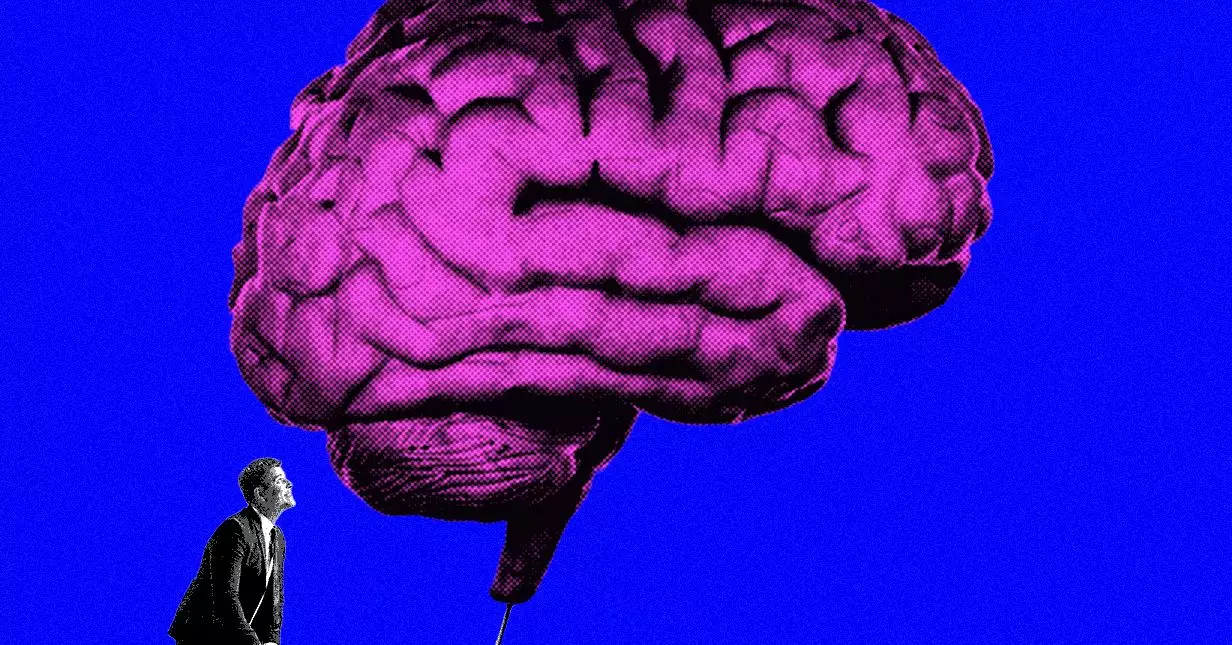Artificial intelligence is beginning to permeate various dimensions of the business world, yet it faces a persistent roadblock: dirty data. Companies generate vast amounts of data, but much of it is unstructured or poorly labeled, which complicates the development of effective AI models. With organizations striving to implement AI solutions tailored to their specific needs, the inability to rely on clean data presents a significant challenge. This is a critical issue that affects the performance of AI systems and hinders their operational efficiency.
Jonathan Frankle, chief AI scientist at Databricks, has deeply engaged with clients over the past year to uncover their primary pain points in adopting AI. His findings underline a central theme: while most organizations have data available, what they lack is high-quality, labeled data necessary for fine-tuning machine learning models. The landscape of AI is vibrant with potential, yet the absence of clean datasets creates a frustrating cycle where the most promising algorithms fail to reach their full potential.
Disrupting Barriers with Innovative Techniques
In response to the challenge of dirty data, Databricks has emerged with groundbreaking techniques that promise to change how businesses can utilize artificial intelligence. Their development involves a method that combines reinforcement learning with synthetic data generation, creating an environment where AI models can flourish, even with imperfect datasets. This dual approach lets organizations sidestep the tedious data cleaning processes that often prevent AI from being effective.
Frankle emphasizes that the power of this new model is in its ability to offer companies a pathway to deploy advanced AI agents capable of executing tasks with greater efficacy—free from the shackles of data quality constraints. By integrating these advanced techniques, Databricks enables organizations to repurpose existing datasets into something far more potent, enhancing AI adaptability and performance.
The Magic of Best-of-N and DBRM
A standout feature of Databricks’ approach is their novel use of the “best-of-N” method. This technique has the remarkable capacity to boost a model’s performance significantly. By training models to predict outcomes preferred by human testers through diverse examples, Databricks has developed a Reward Model known as DBRM (Databricks Reward Model). This model acts as a filtration system that can identify the optimal outputs from a pool of generated results, crafting synthetic training data that targets finer-level enhancements.
What this means for businesses is the establishment of a feedback loop where AI systems can continually improve and adapt. The incorporation of DBRM creates a self-reinforcing cycle, enhancing model outputs right from the first interactions—time-consuming iterations can thus be minimized. This transition to more automatic refinement offers remarkable operational efficiencies for organizations, making it easier than ever to integrate AI capabilities into various applications smoothly.
TAO: A Forward-Thinking Approach
The innovative technique introduced by Databricks is coined Test-time Adaptive Optimization, or TAO, a progressive method that breathes new life into AI training strategies. According to Frankle, this approach leverages lightweight reinforcement learning to embed the advantages of the best-of-N mechanics directly into the model architecture. By engaging in this continuous optimization process, the model learns from both successes and failures, quickly adapting to produce better results with less dependency on flawless datasets.
This fusion of reinforcement learning and synthetic data isn’t commonplace; its application in improving language models marks a new frontier that raises the bar for AI development and machine learning implementations. As more companies seek to harness the capabilities of advanced language models without the usual constraints, TAO may soon become a standard in efficient AI architecture.
Transparency in Innovation
What sets Databricks apart in this endeavor is its commitment to transparency in AI development. By openly sharing insights into its models and techniques, Databricks demonstrates not only its capabilities but also its willingness to engage with clients in a meaningful way. This strategy fosters trust and collaboration, allowing businesses to feel assured that they are in capable hands when seeking to develop bespoke AI models.
In a landscape where data and AI coalesce to drive innovation, adapting to the nuances of working with imperfect data becomes paramount. Through the application of methods like TAO and DBRM, Databricks is making strides that could reshape the future of AI, unlocking its potential for businesses eager to embrace this transformative technology.


Leave a Reply
You must be logged in to post a comment.